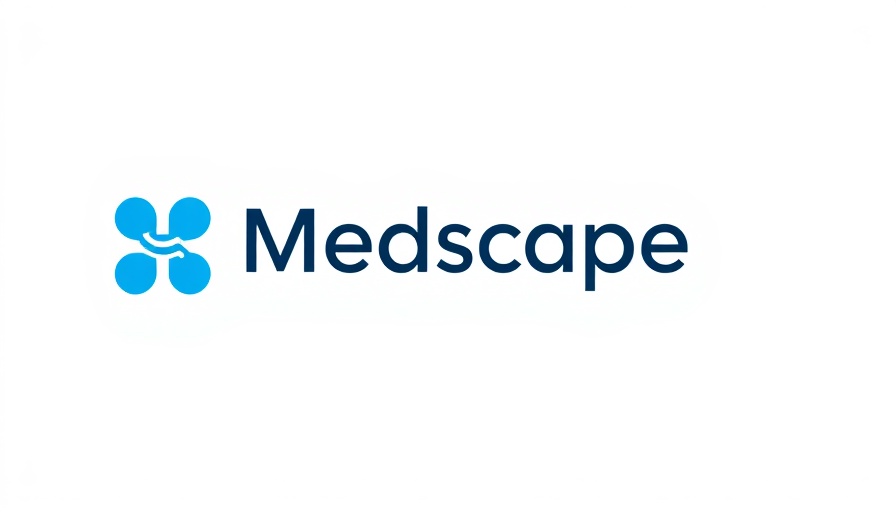
Unlocking Accurate Diagnosis: The Critical Role of ICD-10 Code L80
In a groundbreaking study conducted by researchers at Massachusetts General Hospital, the ICD-10 code L80 showcased an impressive diagnostic accuracy for vitiligo, a skin condition characterized by discolored patches. With a positive predictive value (PPV) of up to 99% when combined with treatment data, these findings signal a transformative shift in dermatological diagnostics and patient care.
The Research Behind the Numbers
The study utilized records from the Mass General Brigham Research Patient Data Registry, spanning from January 2017 to January 2025. From an initial pool of 3,454 records, researchers analyzed a subset of 300 individuals to validate the code’s effectiveness. They employed four distinct strategies: one or more uses of the L80 code, at least two codes within six or twelve months, and coupling codes with established vitiligo treatments.
Enhancing Diagnostic Confidence
Among the confirmed cases, clinicians assessed diagnostic confidence, categorizing it as high, moderate, or low based on predefined secondary criteria. High confidence was observed in over 73% of patients, indicating robust validation for L80’s usage among professionals. The criteria used to gauge confidence included typical lesion morphology and a history of vitiligo-specific therapies, reinforcing the necessity of sound documentation in promoting accurate health records.
From ICD-9 to ICD-10: A Notable Improvement
Contrast the promising findings from this study with prior research based on ICD-9 codes, which revealed a PPV of only 33.7% for vitiligo. The substantial improvement noted in the current study highlights the enhanced specificity inherent in ICD-10 coding. The dedicated diagnosis code of L80 facilitates better identification of vitiligo, as opposed to the broader categorizations utilized in ICD-9.
Implications for Future Research and Care
This study not only marks an advancement in coding accuracy for vitiligo but also holds promise for future dermatological studies and patient care. By emphasizing the importance of accurate coding, it encourages healthcare providers to adopt the latest standards, ensuring each patient receives precise diagnoses and tailored treatment plans.
Conclusion: What This Means for Patients and Practitioners
With such high accuracy rates, the implementation of ICD-10 code L80 can significantly improve the quality of care received by vitiligo patients. As awareness of the condition grows, enhanced diagnostic tools and coding systems will aid not only in individual treatment efficacy but also in larger research efforts aimed at understanding and combating this often-misunderstood condition. For dermatology professionals and patients alike, the significance of accurate coding cannot be understated—it paves the way for improved healthcare outcomes.
 Add Row
Add Row  Add
Add 



Write A Comment